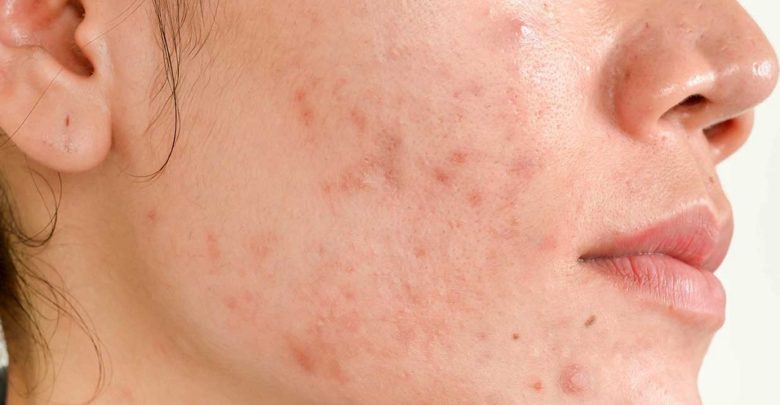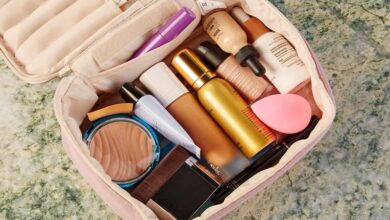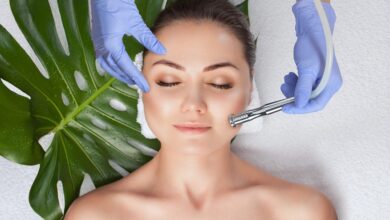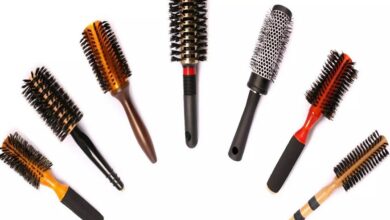Acne Scars: What is New Out There?

Acne scarring, which typically occurs in 95 per cent of people with acne, can be tough to treat. Severe breakouts may leave permanent scars, which can be associated with low self-esteem and reduced quality of life.
Even minor scarring can have an adverse psychological impact on the patient. Some patients with acne scars may become discouraged, and the emotional impact could last a lifetime.
Aesthetic doctors are frequently presented with acne scarring and asked to advise patients about their treatment options.
Fortunately, our modern times provide more diverse and state-of-the-art options for acne scar removal. Here are some examples:
Lasers
Laser treatment, like Fractional lasers, for acne scars, uses light on the top layers of your skin to break up the scar tissues. At the same time, the treatment promotes new, healthy skin cells to grow and replace the scar tissues.
While this treatment does not completely remove acne scars, it can minimize their appearance and also reduce pain caused by them.
If you have active acne or very wrinkled skin, however, you might not be a good candidate for this procedure. Only a board-certified aesthetic doctor can tell you if laser acne scar treatment is a good course of action for you.
Microdermabrasion
Think of a tool that sandblasts grime off granite buildings, and you get an idea of what microdermabrasion is. Small particles pass through a vacuum tube slough off the top layer of the skin to stimulate new cell growth.
Microdermabrasion works best for acne scar removal when used in combination with other topical treatments such as bleaching agents, Retin-A, and other rejuvenating serums and creams.
Chemical Peels
Chemical peels minimize the appearance of acne scars by using a chemical solution to slough off the outer layer of old skin. The new skin is usually smoother and less scarred in appearance.
There are three basic types of chemical peels:
- Superficial or lunchtime peel: Alpha-hydroxy acid is used to penetrate only the outer layer of skin to exfoliate it. The procedure is used to lessen the appearance of mild skin discolouration and rough skin as well as to rejuvenate the face, neck, or chest.
- Medium peel: Glycolic or trichloroacetic acid is used to penetrate the outer and middle layers of skin to rid of damaged skin cells. The procedure is used to improve age spots, wrinkles and fine lines, freckles and skin discolouration. It also can be used to treat some precancerous skin growths, like actinic keratosis.
- Deep peel: Trichloroacetic acid or phenol is used to deeply penetrate the middle layer of skin to slough off damaged skin cells. The treatment eliminates moderate lines, freckles age spots, and shallow scars. Patients will see a huge improvement in skin appearance. The procedure is used on the face and only can be done once.
Fractionated Radiofrequency
By integrating radiofrequency and microneedling in one device, maximum results can be achieved with fractionated radiofrequency. By penetrating the dermis with small, insulated needles, the radiofrequency energy is emitted precisely where it is needed and at a depth of 0.5 to 3.5 mm. This helps reduce the appearance of acne scars by stimulating collagen production. The treatment is painless thanks to the previous application of numbing cream on the skin surface.
Picosure Focus
The PicoSure Focus treatment is quick and gentle as the lens reaches an exact depth of the skin so only 10% of the area is being targeted at the high-energy picosecond Focus level during each pulse.
This offers a deeper penetration to the dermis area underneath the skin, thus promoting collagen growth while also promoting a non-traumatic tissue healing response (which has the effect of softening the tissue from acne scars and stretch marks).




